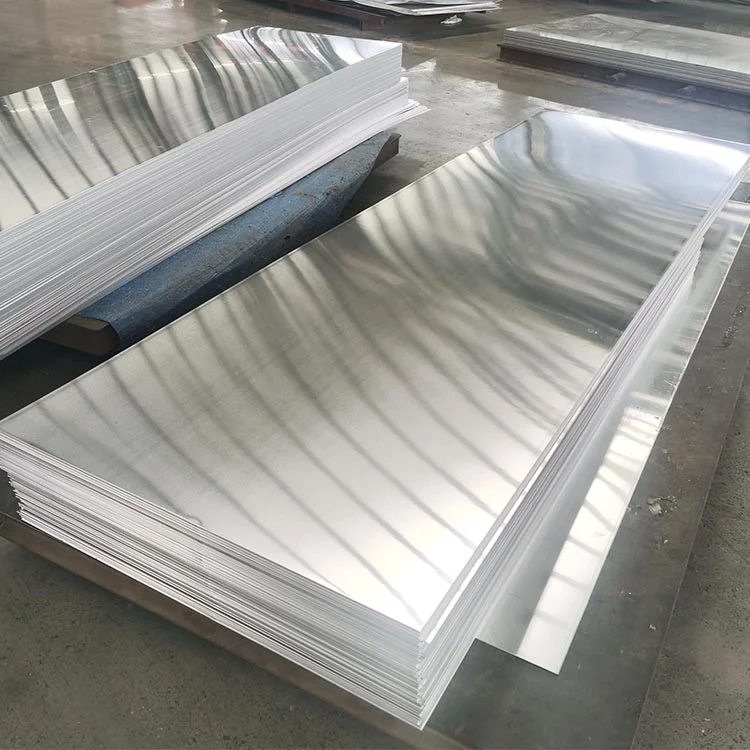Aluminum foil is a conductive material that can absorb electromagnetic wave signals and guide them to the ground, thereby reducing the interference of electromagnetic wave signals. So, can aluminum alloy foil protect electronics from EMP?

Electromagnetic pulse (EMP) is a phenomenon that can cause severe damage to electronic equipment, particularly microchips and integrated circuits. The strong electromagnetic fields generated by EMP can overload and damage semiconductor devices, resulting in loss of functionality and data corruption. In addition, electromagnetic pulses can disrupt power grids and communications systems, causing widespread damage and damaging critical infrastructure. Protecting electronic devices from electromagnetic pulses is critical, especially in today’s world where we rely heavily on technology. The purpose of this article is to explore whether aluminium foil sheets can be used as an electromagnetic pulse shield.

Connotation Of Electromagnetic Pulse:
EMP is a burst of electromagnetic radiation that can cause damage to electronic devices. EMP can be caused by natural events such as solar flares or by man-made events such as nuclear explosions. The effects of EMP on electronics can range from minor glitches to complete failure. There are two types of EMP: High Altitude EMP (HEMP) and Surface EMP (SEMP). HEMP is caused by a nuclear explosion at high altitude, while SEMP is caused by a nuclear explosion on the ground.

Shielding Effect:
Shielding plays a vital role in protecting electronic equipment from damaging electromagnetic pulses. The purpose of shielding is to prevent electromagnetic waves from penetrating into electronic equipment. Shielding materials can be divided into conductive and non-conductive types. Conductive materials, such as aluminum, copper, and steel, can reflect and absorb electromagnetic energy. Non-conductive materials, such as carbon fiber and fiberglass, provide insulation and prevent the spread of electromagnetic waves.
Aluminum Foil As A Shield Against EMP:
Aluminium foil can be used as a shield against EMP. Aluminium is a good conductor of electricity and can block electromagnetic radiation. Aluminum foil works by creating a Faraday cage around the electronic device, which prevents the electromagnetic radiation from reaching the device. The advantages of using aluminum foil as a shield are that it is cheap, readily available, and easy to use. However, there are limitations to using aluminum foil as a shield. The effectiveness of aluminium foil as a shield depends on the thickness of the foil, the size of the electronic device, and the strength of the EMP. It is recommended that you do not choose to use household aluminum foil as a shielding material, because the thickness of household aluminum foil is thin and its shielding effect is poor compared to professional shielding materials. Generally speaking, choosing high quality aluminium foil roll can achieve better shielding effect. The thicker the aluminum foil, the better the shielding effect, but it also increases the cost and weight.

Reasons Of Aluminium Foil Shields Electronic Pulses:
Electronic pulse is a high-energy electromagnetic wave with strong penetrating and destructive power. The shielding effect of aluminum foil paper depends on factors such as its thickness, coverage area, and material quality. Generally speaking, the thicker the aluminum foil, the larger the coverage area, the better the material quality, and the better the shielding effect. However, for high-energy electron pulses, the shielding effectiveness of aluminum foil sheets may be limited.
The frequency and intensity of the electronic pulses also affect the shielding effect of the aluminum alloy foil papers. For high frequency and high intensity electronic pulses, the shielding effectiveness of aluminium foil sheets may be reduced. If other conductive materials or electronic devices are nearby, they may interfere with the shielding effect of the aluminum foil. Therefore, when using aluminum foil sheets for electronic pulse shielding, other sources of interference should be avoided as much as possible.
Other Materials For EMP Shielding:
Copper and steel are also good conductors of electricity and can be used as shields against EMP. Conductive fabrics and conductive paints are also available for EMP shielding. Copper and steel are more effective than aluminium foil as shields, but they are more expensive and harder to work with.
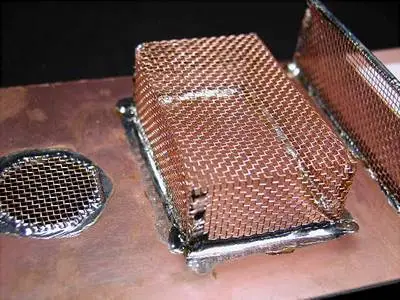
Can Electromagnetic Pulses Damage Equipment That Is Disconnected From The Power Supply?
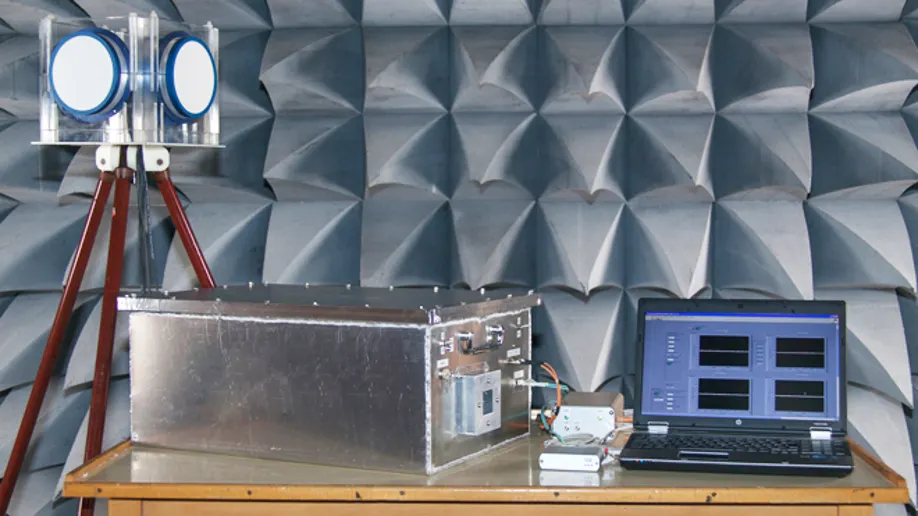
EMP can cause damage to electronic equipment and systems within its range.
- The extent of the impact of electromagnetic pulses on equipment depends on the type and characteristics of the equipment. Generally speaking, electronic equipment and systems are more susceptible to electromagnetic pulses, especially those containing integrated circuits (ICs) and microelectronic components, such as computers, communication equipment, radar systems, etc.
- The distance of the device from the source of the electromagnetic pulse and the intensity of the electromagnetic energy also affect the degree of damage it receives. Generally speaking, equipment that is closer to the source of the electromagnetic pulse and has higher energy is more susceptible to damage.
- In some cases, completely disconnecting the device from the power source may reduce the risk of the device being affected by an electromagnetic pulse. This is because the electromagnetic interaction between the electromagnetic pulse and the device requires a circuit to transfer energy. If the device is disconnected from the power supply, the energy transfer path of the electromagnetic pulse is cut off, and the device may be less affected.
- For high-intensity electromagnetic pulses, even if the device is disconnected from the power supply, sensitive components inside it may still be damaged by radiation.
How To Shield Electronics From EMP:
There are steps that can be taken to shield electronics from EMP. Before an EMP event, electronics can be unplugged and stored in a Faraday cage. During an EMP event, electronics should be turned off and unplugged. After an EMP event, electronics should be checked for damage and repaired if necessary.

How The Faraday Cage Shields EMP Works:
A Faraday cage is a device used to shield electromagnetic pulse (EMP) signals. Its main principle is based on Faraday electromagnetic induction. When external electromagnetic waves pass through the metal mesh of a Faraday cage or the surface of a conductor, these changing magnetic fields induce eddy currents on the metal surface. The direction and amplitude of this eddy current will change with the characteristics of external electromagnetic waves. These eddy currents disperse energy across the surface of the Faraday cage, forming a diamagnetic field that cancels the magnetic field of external electromagnetic waves. This countermagnetic field is generated by eddy currents and is in the opposite direction to external electromagnetic waves. Due to the cyclic nature of eddy currents, they will rapidly weaken the magnetic field of external electromagnetic waves on the metal surface.
Once eddy currents are generated on the metal surface of the Faraday cage, they will form a complex electromagnetic field. The function of this field is to cancel the energy of external electromagnetic waves. Due to the generation of diamagnetic field, external electromagnetic waves have almost no chance to propagate outside the Faraday cage. Therefore, the Faraday cage effectively shields the influence of external EMP signals.
In order to improve the shielding effect, multi-layer Faraday cages are often used, and these layers will further weaken the propagation of external electromagnetic waves. The multi-layer eddy current generation and mutual cancellation effect make the Faraday cage have good shielding performance for EMP signals in a wider frequency band and various frequencies.
Shielding Electronic Pulses With Aluminium Foil:
Use of Aluminum Foil in Electrical Devices : Aluminium foil sheets can be an effective shield against external electronic pulses. Small electronic items such as laptops and cell phones can use this technique. When packaging make sure that the aluminium foil completely wraps around the item without leaving any space.
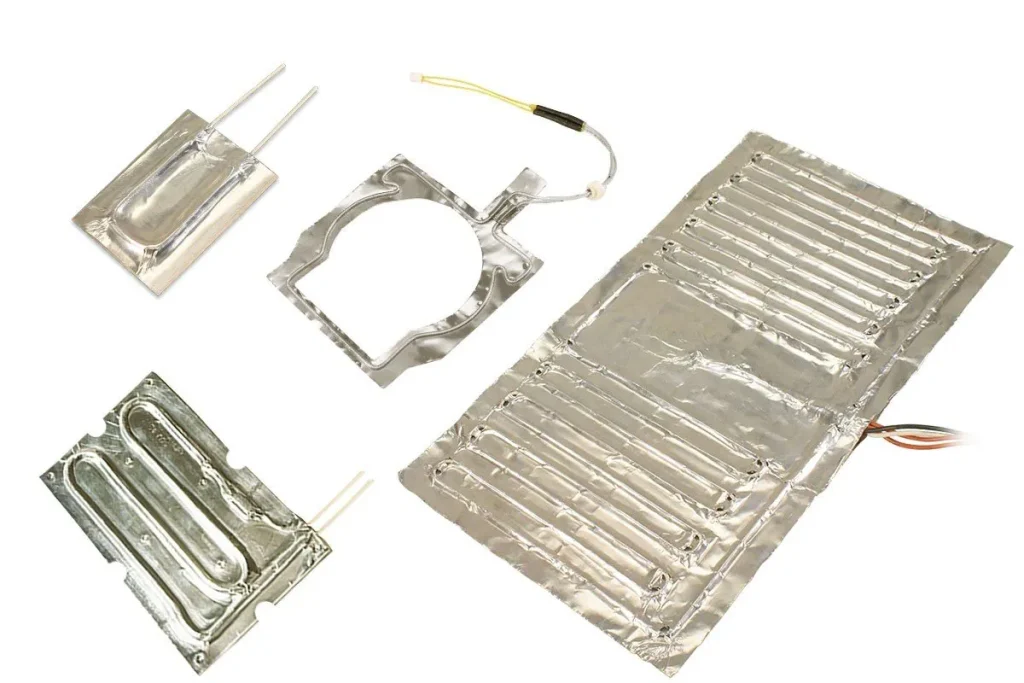
Use of Aluminum Foil in Buildings: Buildings can successfully block interference from external electronic pulses by using aluminum foil papers as a barrier. This technique is suitable for protected spaces such as laboratories and control rooms. When covering walls, floors and ceilings, make sure there are no gaps between the aluminum foils.
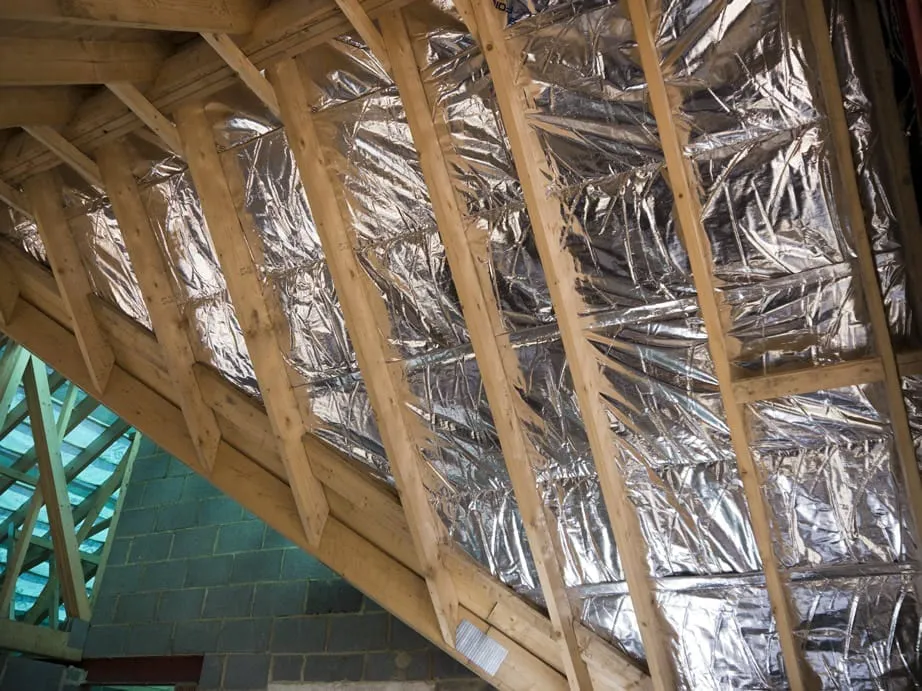
Use of aluminum foil in cables: The use of aluminum foil papers in cables effectively shields against electromagnetic wave interference. This method is suitable for cables that need to transmit high-speed data, such as network cables, audio and video cables. When using it, you need to wrap the aluminum foil sheets around the outside of the cable and make sure there is a certain distance between the aluminum foil and the cable.

Effective Shielding Methods:
Metal shielding: Using metal materials as shielding materials is a common method. Metals have good electrical conductivity and can effectively reflect and absorb electromagnetic waves. Metal shielding can be in the form of metal sheets, metal grids or metal coverings to cover or wrap the equipment or system to be protected.
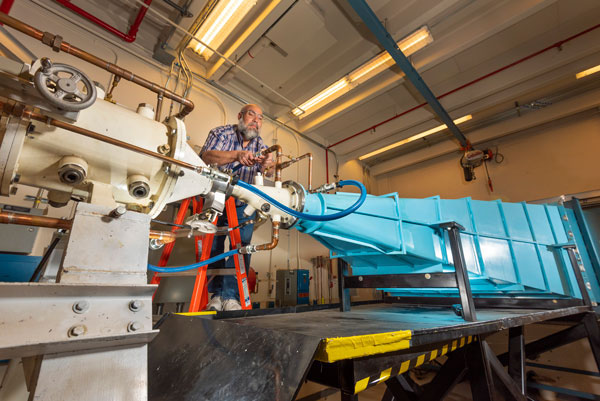
Electromagnetic shielding materials: The use of specially designed electromagnetic shielding materials is also a common method. These materials usually consist of electrically conductive and magnetic materials that effectively absorb and disperse the energy of electromagnetic waves, thus achieving a shielding effect. Electromagnetic shielding materials can be used as coatings, embedded materials, or isolation layers.
Underground Facilities: Placing equipment or systems in underground facilities is an effective method of shielding EMP signals. Underground structures can provide natural shielding, moving equipment away from incident EMP waves.
Filters and Suppressors: The use of filters and suppressors can help shield and reduce interference from EMP. These devices can protect equipment from EMP signals by filtering out or suppressing electromagnetic waves in a specific frequency range.
Protection of equipment and cables: Proper shielding and insulation of equipment and cables, including the use of shielded cables, metal casings and insulating materials, can effectively reduce interference and penetration of electromagnetic waves.
Grounding and earthing: A good grounding and earthing system can provide shielding and dissipation of electromagnetic waves. By properly arranging and grounding equipment, the energy of electromagnetic waves can be channelled underground, reducing the impact on equipment.
6 Steps To Build A Faraday Cage:
In short, there are many ways to shield EMP signals, among which the most commonly used and most effective way is the Faraday cage. Now I will introduce you to the specific steps of making a Faraday cage:
1. Material preparation:
Metal Grid: Faraday cages are usually made of metallic materials such as aluminum, copper, or steel. The frequency range of the shielding application and the conductivity of the material need to be considered when selecting materials.
Support Structure: The key to building a Faraday cage is the support structure to ensure that the metal mesh maintains its proper shape. The support structure can be made from metal rods, tubes or angle iron.
2. Make the frame:
The metal frame is made according to the required size and shape. The shape of the frame is usually a rectangular parallelepiped, but can be made into other shapes according to specific requirements.
Screw, weld, or otherwise connect the various parts of the metal frame together to ensure stability.
3. Make the metal grid:
Cut the metal mesh to fit the size of the metal frame. The size and spacing of the metal mesh need to be determined according to the frequency of electromagnetic waves to be shielded.
Secure the metal grid to the metal frame, making sure there is a proper gap between the grid and the frame.
4. Ground connection:
Install a ground wire on the bottom or side of the Faraday cage. The length and location of the ground wire need to be determined based on the frequency to be shielded.
Connect the ground wire to the ground or grounding system to ensure a conductive path between the metal structure and the ground.
5. Test and verify:
After manufacturing is completed, electromagnetic shielding performance testing is performed to ensure that the Faraday cage can effectively shield electromagnetic radiation in the required frequency range.
Verify Faraday cage performance to ensure it meets specific shielding requirements.
6. Installation:
Install the Faraday cage to the desired location, making sure it properly covers the area that needs to be shielded.
Ground the Faraday cage to ensure it is functioning properly.


